I’ve been reading a number of articles lately referencing the impact all of the development in the late 2000s had on Teton Valley. Many of these articles compare today’s potential problems with those of the subdivision development era. Glampgrounds, RV parks, and certainly any further land development have been targets, often for good reason. While I agree that the amount of development that occurred in the late 2000s was extreme, I believe that the perceived impact and comparison to some of these other projects is also extreme, and in many cases exaggerated. I’ve heard numbers from 7000 to 16000 undeveloped building lots in Teton Valley which off the cuff, sounded high to me. So, I decided to investigate.
My first thought was that I would have to find a list of the available subdivisions, add up the number of lots in each, and subtract lots with improvements. This seemed like a daunting task. Fortunately, I learned that Rob Marin, the county’s extremely talented GIS coordinator had already done the heavy lifting. He based his analysis on subdivision lots, which is exactly what I would have done. After all, the purpose of the comparison and root of the problem is indeed subdivision lots. He determined (with a small margin of error) that there are 8,454 subdivision lots in the county, and that 3106 had improvements as of the date of Rob’s study, leaving 5,348 vacant subdivision lots in the county.
***Now might be a great time to read one of my past articles, With so many available building sites, why is it so hard to find what I am looking for?
Admittedly, this sounds like a lot. It is a lot. The question is, and point of my article; is the number of vacant building sites really as detrimental and overwhelming as it appears and is made to sound? Here are a few points from the devil’s advocate, speaking in generalities.
1) Some subdivisions really do, in my opinion, exist in a vacuum. What happens in or with them really doesn’t have very much impact on the rest of the real estate market. Example: Tributary, FKA Huntsman Springs. There are roughly 500 vacant building sites in Tributary. This is almost 10% of the 5,000 vacant building sites mentioned. The same goes for many other large-scale developments such as River Rim Ranch. Could it be construed that these developments are problems in and of themselves? Sure. However, if real estate prices plummeted, or skyrocketed in Tributary, I don’t feel it would have a major impact on the rest of the real estate in Teton Valley.
2) We know that roughly 65% of the available building sites are vacant, or at least have no improvements. There are approximately 300 subdivisions in Teton County. For the sake of making a point, imagine that each of them has roughly 25 lots. Each of those have 8 or 9 houses. A few of those own the neighboring lots. This isn’t the case, but it puts things in perspective.
3) Teton Valley is big. If you start breaking this down by quadrant, for example, the southeast corner of the valley (better known as Victor) doesn’t really have a problem as there are relatively few subdivisions with little to no improvements. Things are much closer to the scenario I outlined in point 2 above, if not better. Yes, I know there’s a counterpoint to every point I’ve made here. Some of the big subdivisions that are mostly vacant are considered to be the biggest part of the problem. The issue isn’t necessarily consistent across the board as mentioned in point 2, and while things are looking pretty good in Driggs and Victor, Tetonia has a huge ratio of some of these subdivisions with very few, or no homes at all. In any case, it is what it is. They are what they are, and they’ll sell when they sell. We can’t take away land from those who invested in a piece of Teton Valley just because we now recognize that things got carried away a decade ago. As a final point, throughout the course of my career, there have always been approximately 500 building sites on the market at any given time. I suspect that isn’t going to change anytime soon, so I’m not particularly worried about extreme changes with respect to value. The key takeaway is that there are a few (several) problem subdivisions out there. However, in most cases they are being farmed, waiting for their moment to become a neighborhood. I believe in responsible growth, and hope we can learn from mistakes relative to oversupply and over-development, but I hope past mistakes don’t prevent Teton Valley from growing responsibly.
